Build better EdTech content strategies with research-based personas
With conferences out of the picture, EdTech companies are shifting their marketing budgets to focus on creating more and better digital content to generate and nurture leads. But with the entire industry making the same move, it’s more important than ever that your content stand out and add precise value to your target audience.
How can EdTech companies create content that attracts and converts their target audiences?
It starts with having a strong understanding of your target audience – their interests, challenges, motivations, fears, behaviours and more. A helpful way to track the sum of your organization’s knowledge and insight about your customers is through personas. Personas are living and evolving tools for product, marketing and sales teams to refer to as they develop products, communicate value, and support and engage their stakeholders. We believe personas are a crucial and sometimes underused tool for EdTech businesses.
If they are so crucial, how come they often get tucked away in a forgotten folder, never to be used or reviewed?
We can’t speak for all industries, but when it comes to EdTech, there is an unfortunate and all-too-common assumption that students, teachers, and administrators are homogenous groups. Generalizations about students, teachers, and administrators, are particularly harmful not only to brands but to marketing and sales objectives. How teachers and administrators think and act varies according to state, region, learning context, social-political climate, and cultural demographic.
In helping EdTech companies go-to-market in the US, one of the first things we provide our clients is an overview of the US education system and the institutional cultures within. We explain US education policy, district and school funding, state priorities, accountability frameworks and performance, decision-making processes, roles and organizations in education on federal, state and local levels, trends and issues of note such as data privacy and security, and where to find the open data to inform your marketing and sales strategy. Much of this information, as it pertains to your company and its strategy can be kept and updated within your personas.
After years of persona development and EdTech marketing, we developed a persona tool to help companies develop compelling content on their own. Check out the outline page of our persona tool for EdTech companies.
When it comes to your content strategy, once you know your audience, consider the various mindsets they might be in when they encounter your content. The customer lifecycle has different stages at which you can address your audience:
Awareness (having realized or expressed symptoms of a problem or opportunity)
Consideration (having clearly defined or given name to their problem or opportunity)
Decision (have defined their solution strategy, method or approach)
You can generate content ideas that can support your audience at each stage while expressing your value and the right call to action. Empathize with your personas to understand the mindset they are in at each stage. What are the problems or opportunities that the persona needs help with? This is how you can think about the kind of value you’ll want to offer in your content, the format it can take, and the channel it can be distributed in.
Whether your performance objective is to increase the number of inbound marketing qualified leads (MQLs) per month, the number of freemium or free-trial sign ups, or the number of demos you are booking, your audience personas are key to your success.

